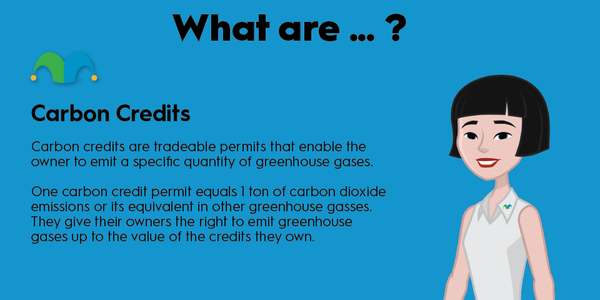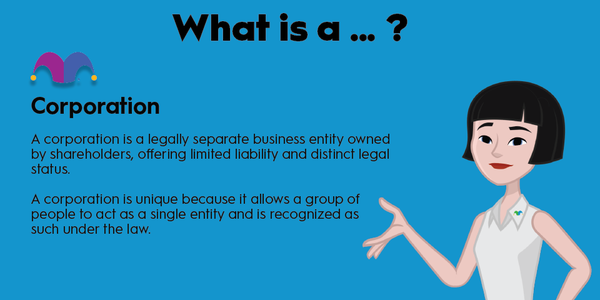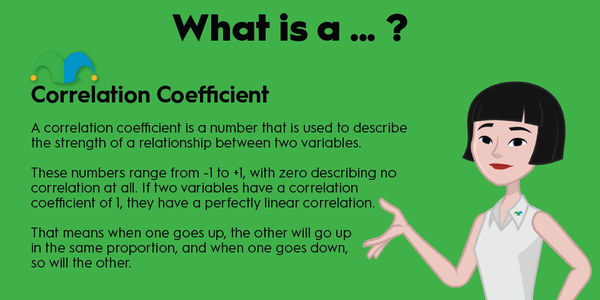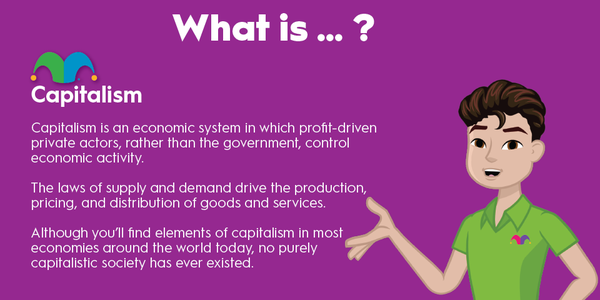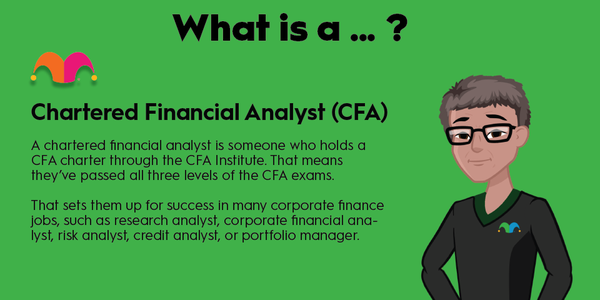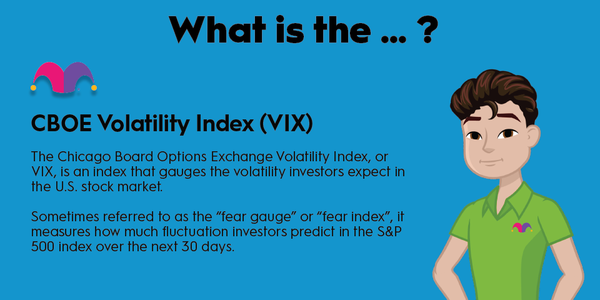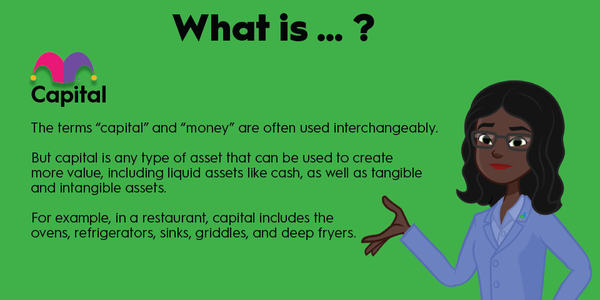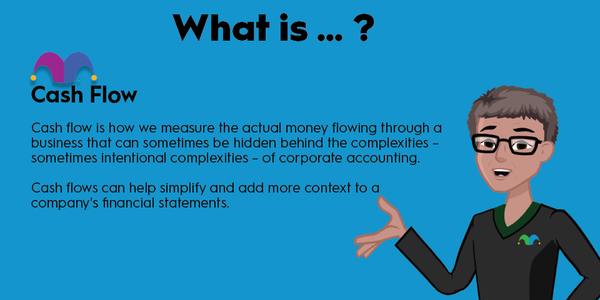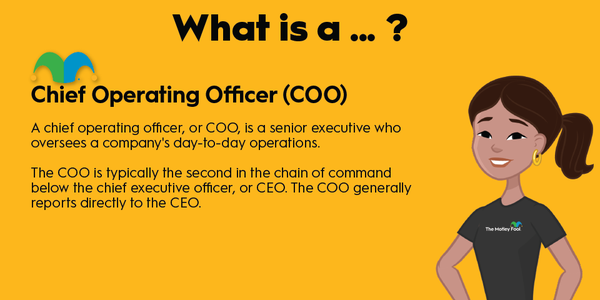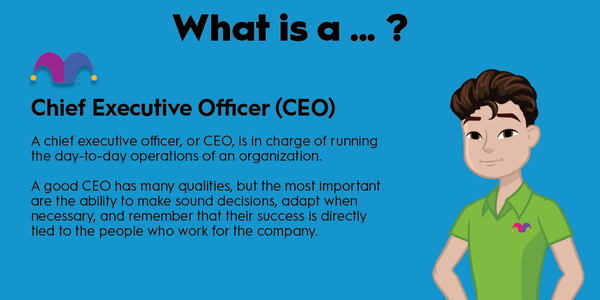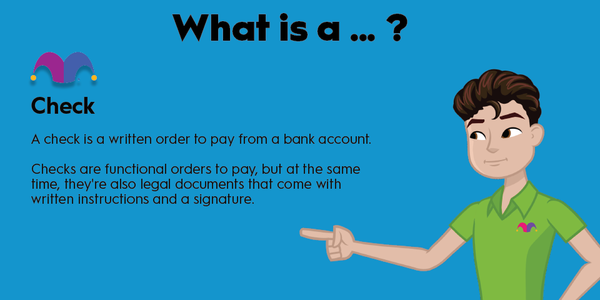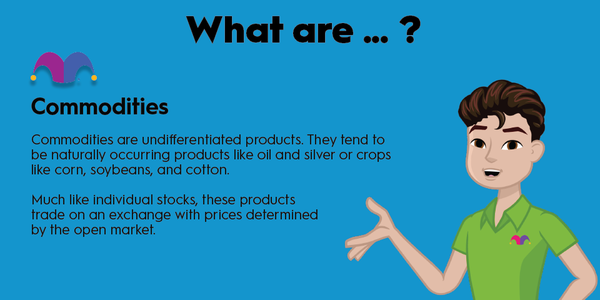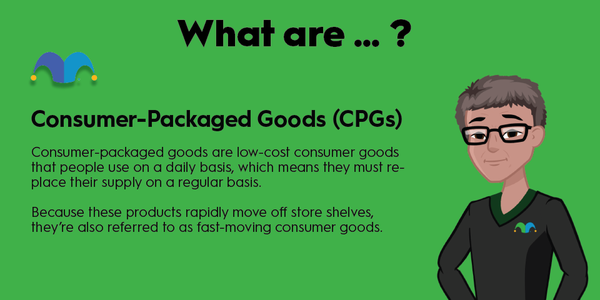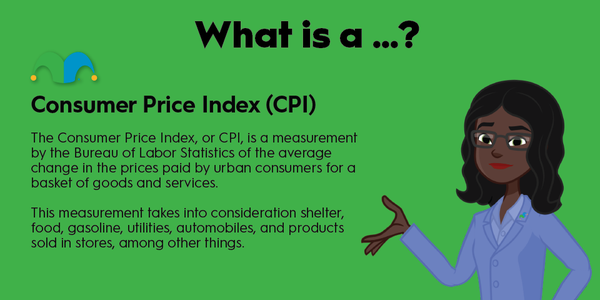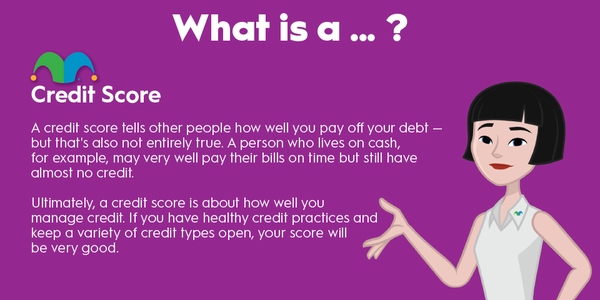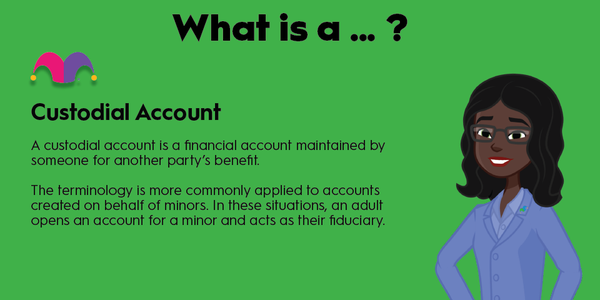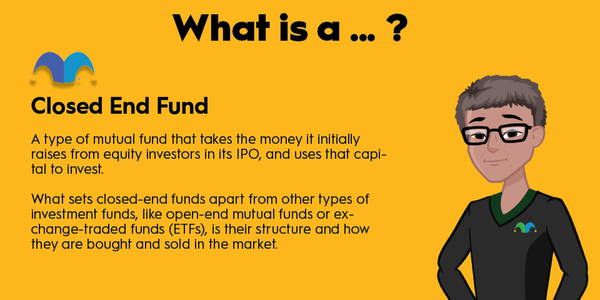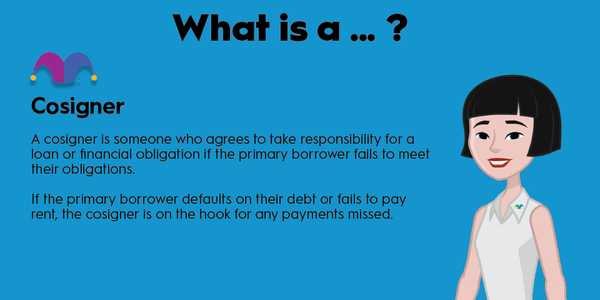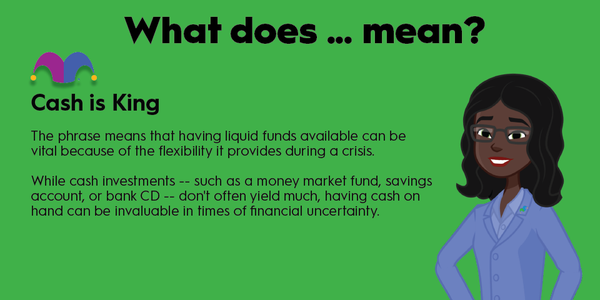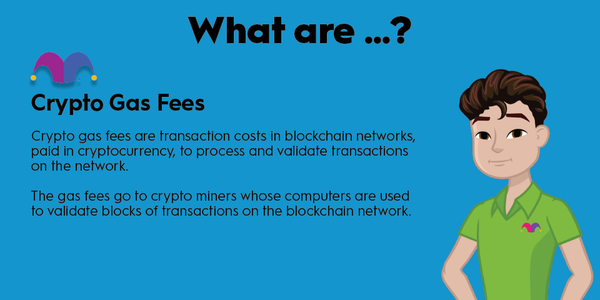In military parlance, capitulation is defined as "to surrender." Capitulation in finance has a similar meaning. Capitulation occurs when a large number of investors sell off their assets due to extreme panic. Theoretically, capitulation represents a buying opportunity for savvy investors -- the problem is that identifying the point at which capitulation has occurred is impossible.

Capitulation explained
What is capitulation in finance?
Capitulation in finance is when a significant percentage of investors can no longer stomach losing money after the value of an asset has tanked, so they sell off at a loss. It may occur after a stock market crash or amid a prolonged bear market. Of course, the massive sell-off leads the asset's price to drop even further.
When capitulation in investing occurs, it's sometimes referred to as the shaking out of "weak hands." In other words, it means investors without the conviction or means to hold an asset during turbulent times.
Although many investors exit the market out of fear, some may be forced to liquidate their positions. For example, if you bought stocks on margin and the market has tanked, you could face a margin call at a time of market capitulation, meaning you'd need to sell off your stocks if you can't deposit more money into your margin account.
Signs of capitulation
Signs of capitulation in the stock market
Investors who practice technical analysis often try to identify the point of capitulation. After all, investors are supposed to buy low and sell high, right?
But the truth is that pinpointing the moment of capitulation is futile for most investors. No one knows when an asset or the market as a whole has bottomed out. Predicting the timing of its recovery is extremely difficult. That said, here are some signals of capitulation that traders look for in the stock market:
- Increased trading volume: When trading volume surges, it may indicate that investors seek to sell off to avoid further losses.
- Spike in the VIX: The CBOE Volatility Index, or VIX, measures how much volatility investors predict in the S&P 500 index over the next 30 days. A spike in the VIX often happens during capitulation.
- Large withdrawals from stock mutual funds: This sell-off may be accompanied by increased balances in cash accounts.
A buying opportunity?
Is market capitulation a buying opportunity?
In theory, capitulation should be a buying opportunity. However, consistently and accurately determining when capitulation is occurring would require a crystal ball. Only in retrospect, after a sustained recovery has begun, can you know the stock market or an asset has reached capitulation. Until then, it's impossible to know whether prices could drop even further.
Since market timing doesn't work, a better approach is dollar-cost averaging, which is when you invest on a regular schedule. For example, if you automatically invest $500 a month in your individual retirement account (IRA) or 401(k), you're practicing dollar-cost averaging. You won't always get the lowest prices on your investments, but at least you'll lock in some lower prices when the market is down.
Being a buy-and-hold investor can help you stay the course when capitulation occurs. The S&P 500 index has always recovered from its losses in the long term, so history can provide some comfort there. If you're investing in individual stocks or other assets, make sure you have a strong investment thesis and are committed to a holding period of at least several years.
An example
Example of capitulation: The start of the COVID-19 pandemic
As fears of the novel coronavirus grew in February 2020, the U.S. stock market began plummeting. But it hadn't reached the point of capitulation just yet. Between Feb. 19, 2020, and March 23, 2020, the S&P 500 lost about one-third of its value.
Related investing topics
In retrospect, we can identify mid- to late-March as the point when capitulation occurred. But at that point, investors had no way of knowing stocks wouldn't crash further or that the stock market would recover quickly.
The S&P 500 would deliver total returns of about 18% in 2020. But capitulation occurs when investors are too spooked by short-term losses to focus on the long-term picture.

